12 American icons of design, from cowboy boots to the MacBook Air
Our star-spangled round-up hails American icons of design and their latest iterations, from Pharrell Williams' cowboy boots to the Tiffany Lock, and a tiny yellow cab
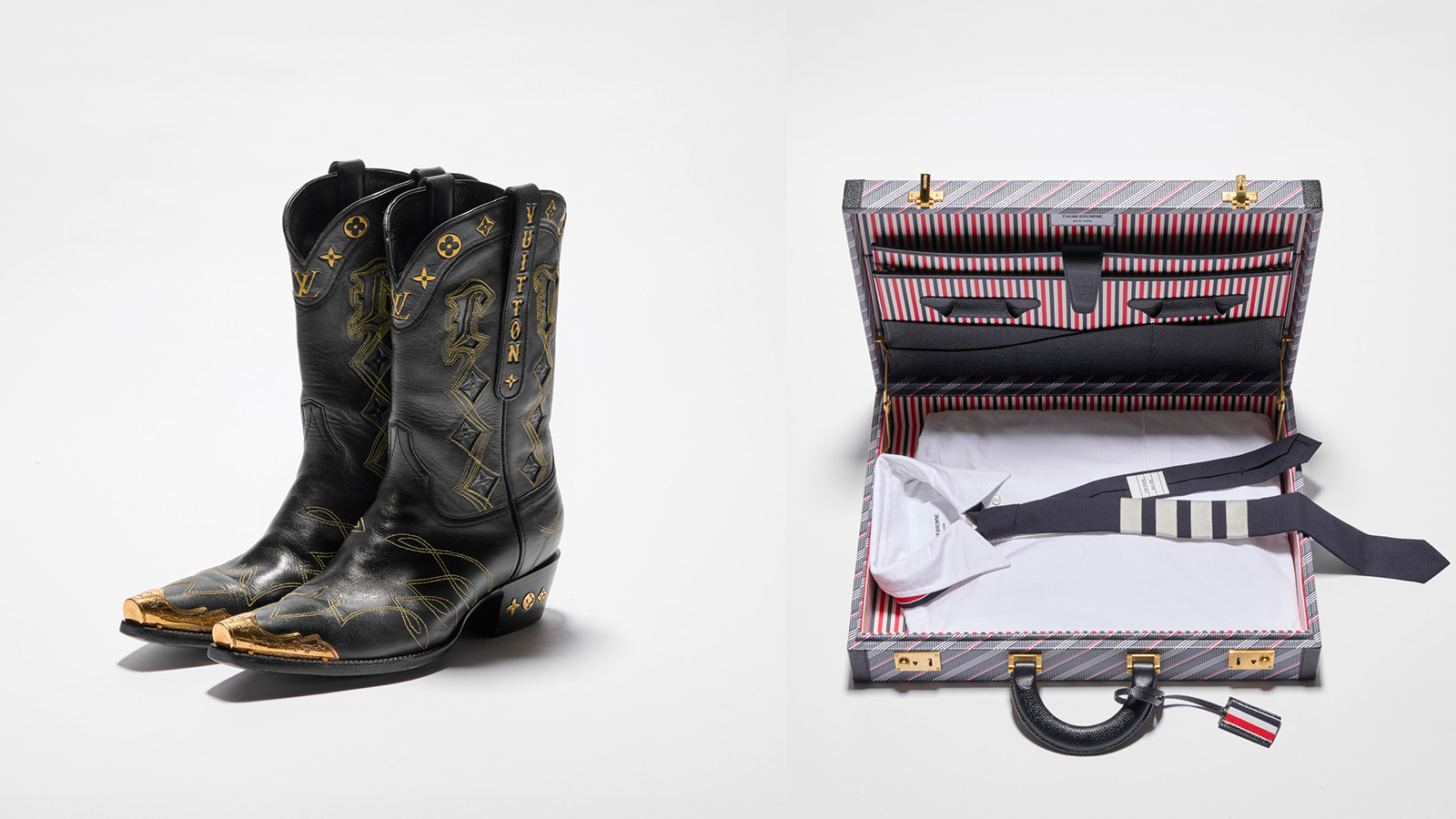
Contemporary takes on enduring American icons of design only remind us of the USA’s extraordinary and enduring creative heft. From Pharrell Williams’ fresh interpretation of the humble cowboy boot to the latest iteration of Apple's MacBook Air, and even Andy Warhol's globally recognised soup cans reserved in puzzle form, here are the American classics that keep us coming back for more.
Icons of American design
Cowboy boots by Pharrell Williams
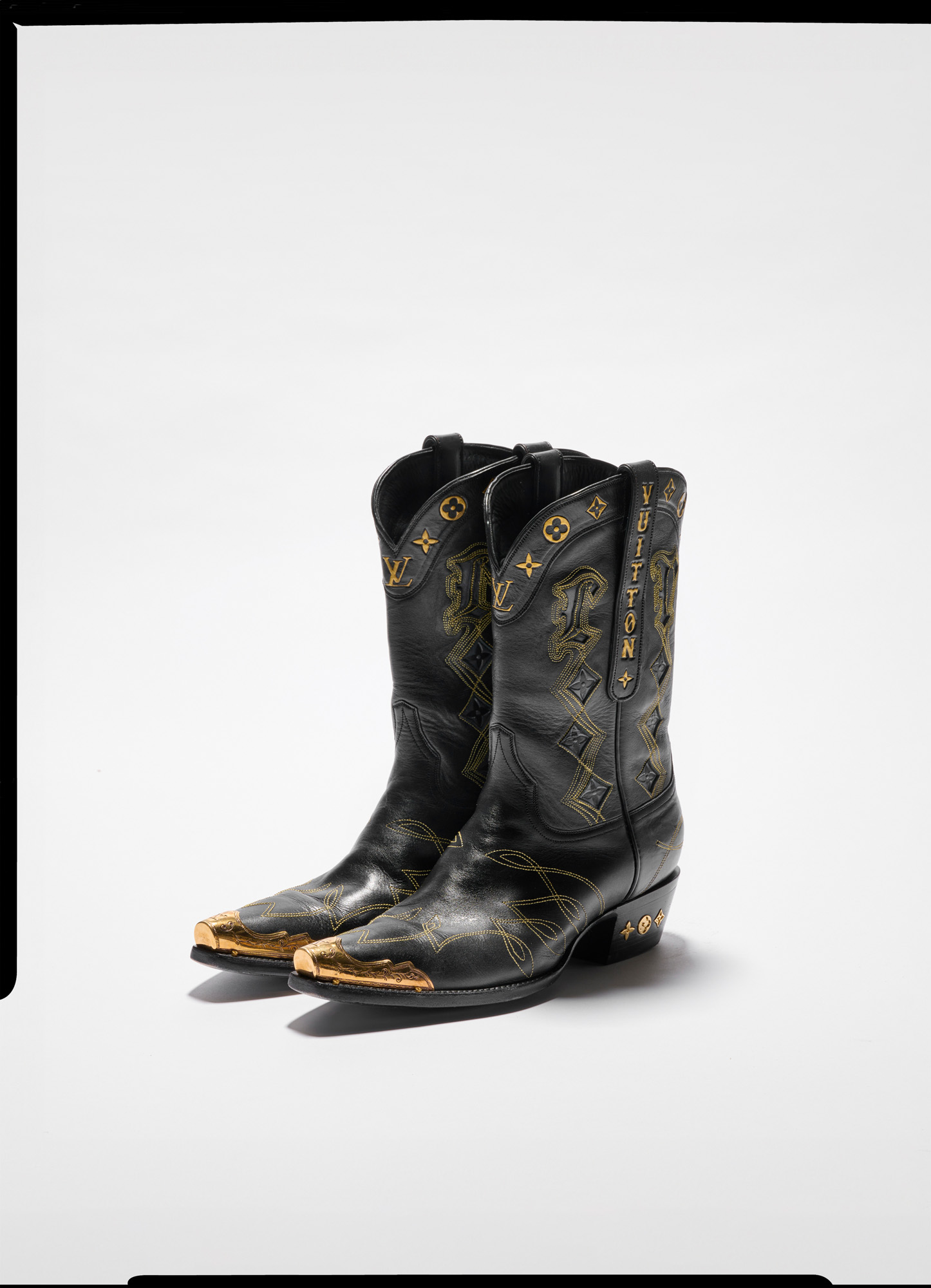
For his sophomore collection as menswear artistic director of Louis Vuitton, Pharrell Williams took a trip from Paris to Virginia, uniting French savoir-faire with the pioneering spirit of the American West. Case in point: his monogrammed, golden-toed riff on the cowboy boot. Williams spoke of a desire to provide a more expansive vision of the pioneer archetype, noting that Black and Native American cowboys were some of the first to strike westwards. It was to provide a prelude of sorts to Beyoncé’s own Western epic, Cowboy Carter, which the singer gave a pre-launch tease at the 2024 Grammy Awards by turning up in a studded leather Louis Vuitton look by Williams, alongside the requisite white Stetson cowboy hat.
Boots, £6,550, by Pharrell Williams, for Louis Vuitton, louisvuitton.com
M3 MacBook Air by Apple
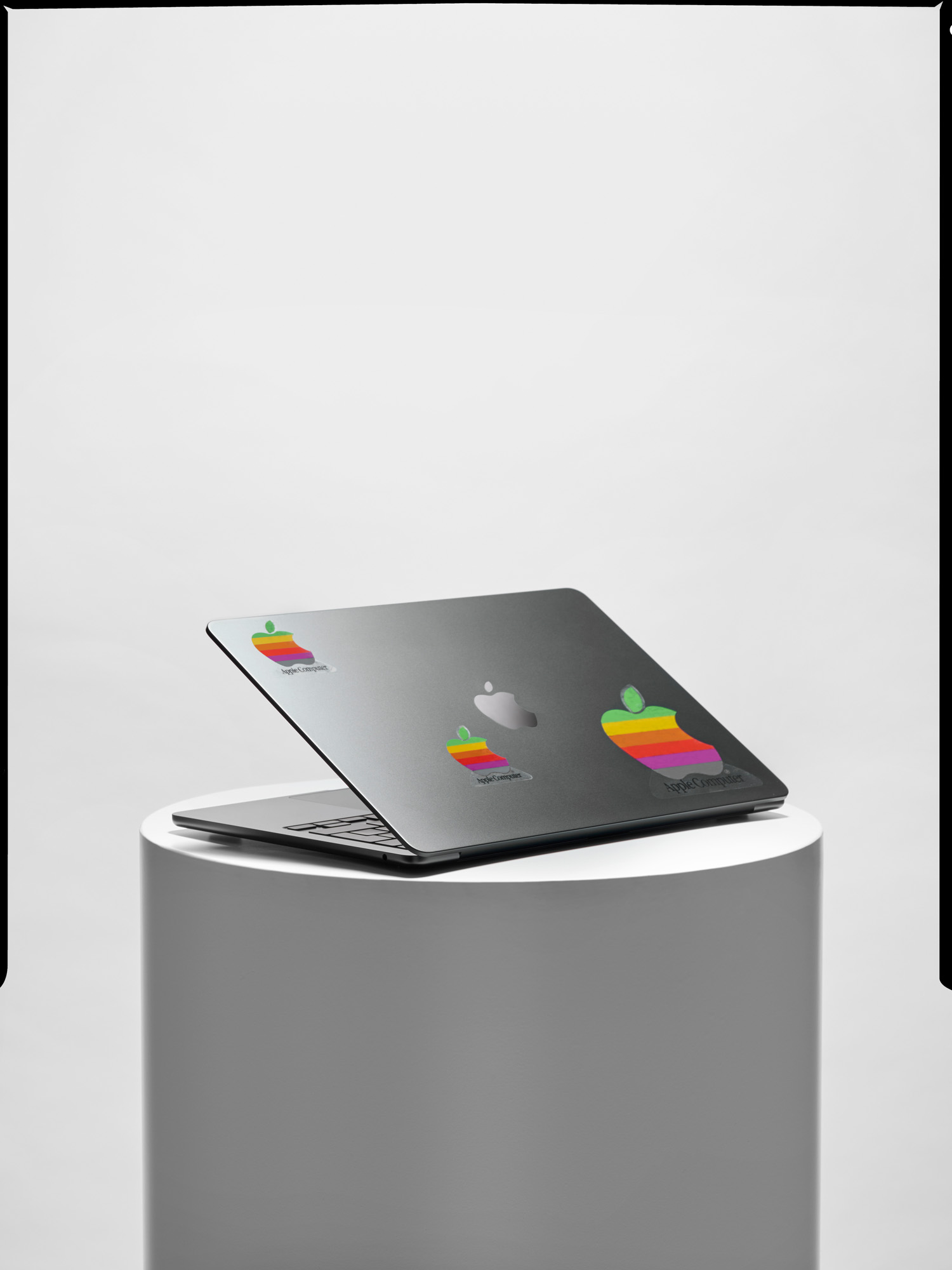
If there’s one device that epitomises the spirit of modern mobile creativity, it’s Apple’s classic MacBook Air. First introduced in 2008, the Air squeezed the form factor of the modern laptop into hitherto unprecedented dimensions; it was the thinnest notebook computer in the world at the time of launch and Apple’s first computer with asolid-state hard drive, although it was compromised by screen quality and power. It wasn’t until Apple started fitting its own custom silicon into its laptop line-up in 2020 that the Air really came into its own. The latest edition, the M3 MacBook Air, is the de facto choice for music, video and visual design on the move, and will handle the upcoming Apple Intelligence AI integration with ease.
M3 MacBook Air, from £1,099, by Apple, apple.com
‘Black Rainbow’ bag by Telfar
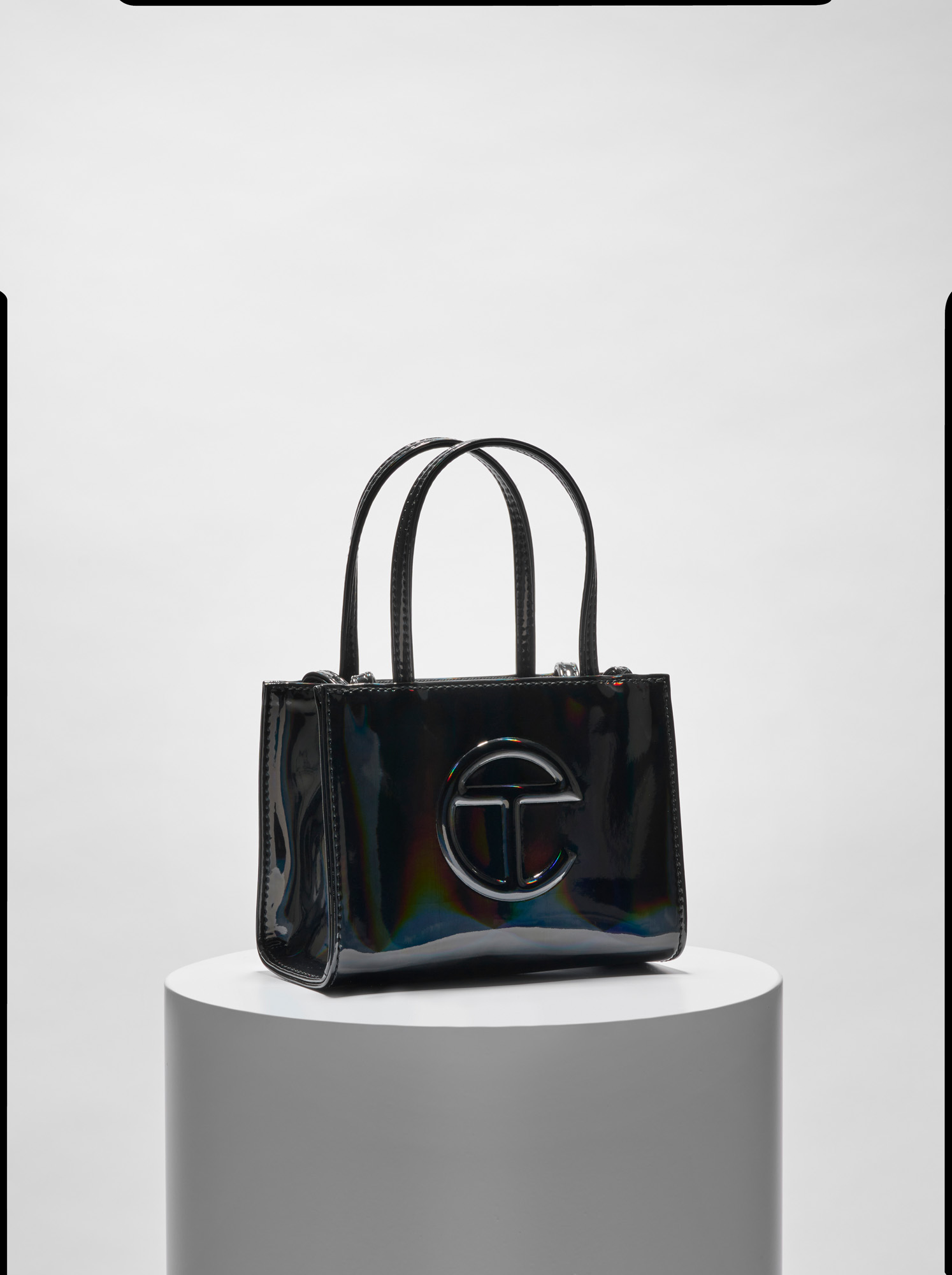
Liberian-American designer Telfar Clemens has long eschewed the confines of the fashion industry with a steadfast refusal to play by the establishment’s rules. Non-gendered and defiantly democratic, it is the Telfar shopping bag that has become symbolic of his eponymous brand’s unconventional approach. Based on the shape of the Bloomingdale’s shopping bag, the vegan-leather tote features the Telfar logo, which Clemens says he first drew while at school. Originally sold in ‘blind’ pre-order drops, with prices starting at $150 – a fraction of the price of bags from the luxury fashion houses it playfully mimics – it fast became an anti-status symbol. ‘[I want to] make an ‘it’ bag where the ‘it’ has nothing to do with domination,’ says Clemens.
‘Black Rainbow’ bag, $191, by Telfar, telfar.net
Receive our daily digest of inspiration, escapism and design stories from around the world direct to your inbox.
‘Akari’ lamp by Isamu Noguchi
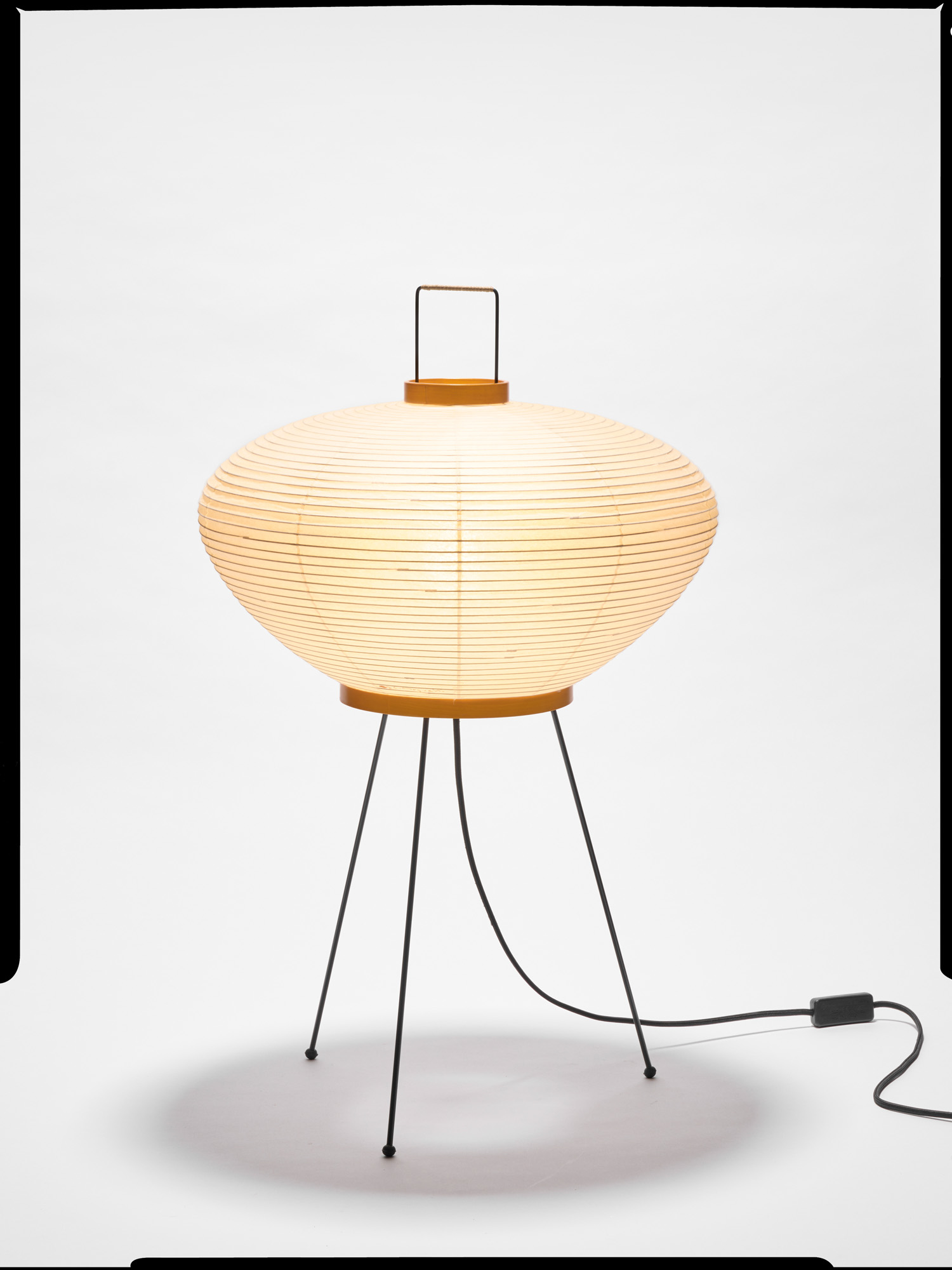
Japanese-American artist and designer Isamu Noguchi designed the first lamp in his ‘Akari’ series in 1951 after a visit to the Japanese town of Gifu, known for its traditional paper lanterns. Handcrafting the lamp from washi paper and bamboo, Noguchi was mesmerised by the way ‘the harshness of electricity is transformed through the magic of paper back to the light of our origin – the sun – so that its warmth may continue to fill our rooms at night.’ He would go on to create many more in a variety of forms and silhouettes. Over the years, the lamps have kept their timeless charm and desirability, becoming one of the most recognisable pieces of lighting design ever created (a very loose interpretation of the concept by Ikea is among the Swedish company’s best-sellers).
‘Akari 9A’ lamp, £720, by Isamu Noguchi, for Vitra, from Aram, aram.co.uk
Air Jordan 39 sneakers by Nike
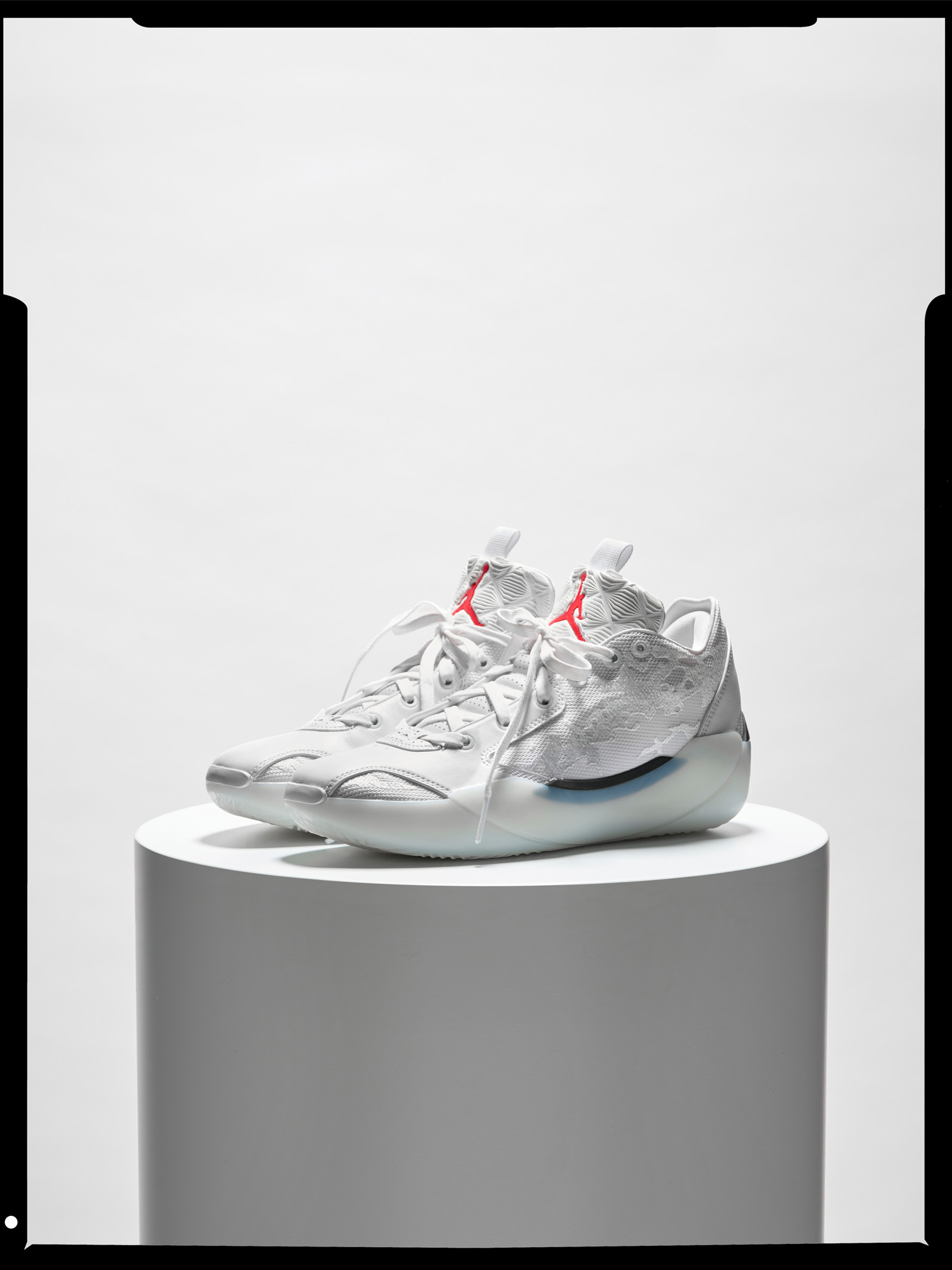
It was said that Michael Jordan could defy gravity, a feat of sportsmanship immortalised by the basketballer’s leaping silhouette, which first appeared on the third iteration of Nike’s Air Jordan high-top sneaker. Originally released in 1984, 1.5m pairs were sold in the first six weeks, far exceeding Nike’s estimates, and Jordan received a portion of the profits from every pair sold, making him one of theworld’s most bankable stars. The new Air Jordan 39, released in July, saw Nike designers Joël Greenspan and Bennett Shaw work directly with Jordan on the sleek, ergonomic sneaker, which features long panels of bouncy Nike ZoomX foam in the sole, helping professionals and amateurs alike attempt to reach its namesake’s heady heights.
Air Jordan 39 sneakers, price on request, by Nike, nike.com
‘Americana’ cars by Candylab
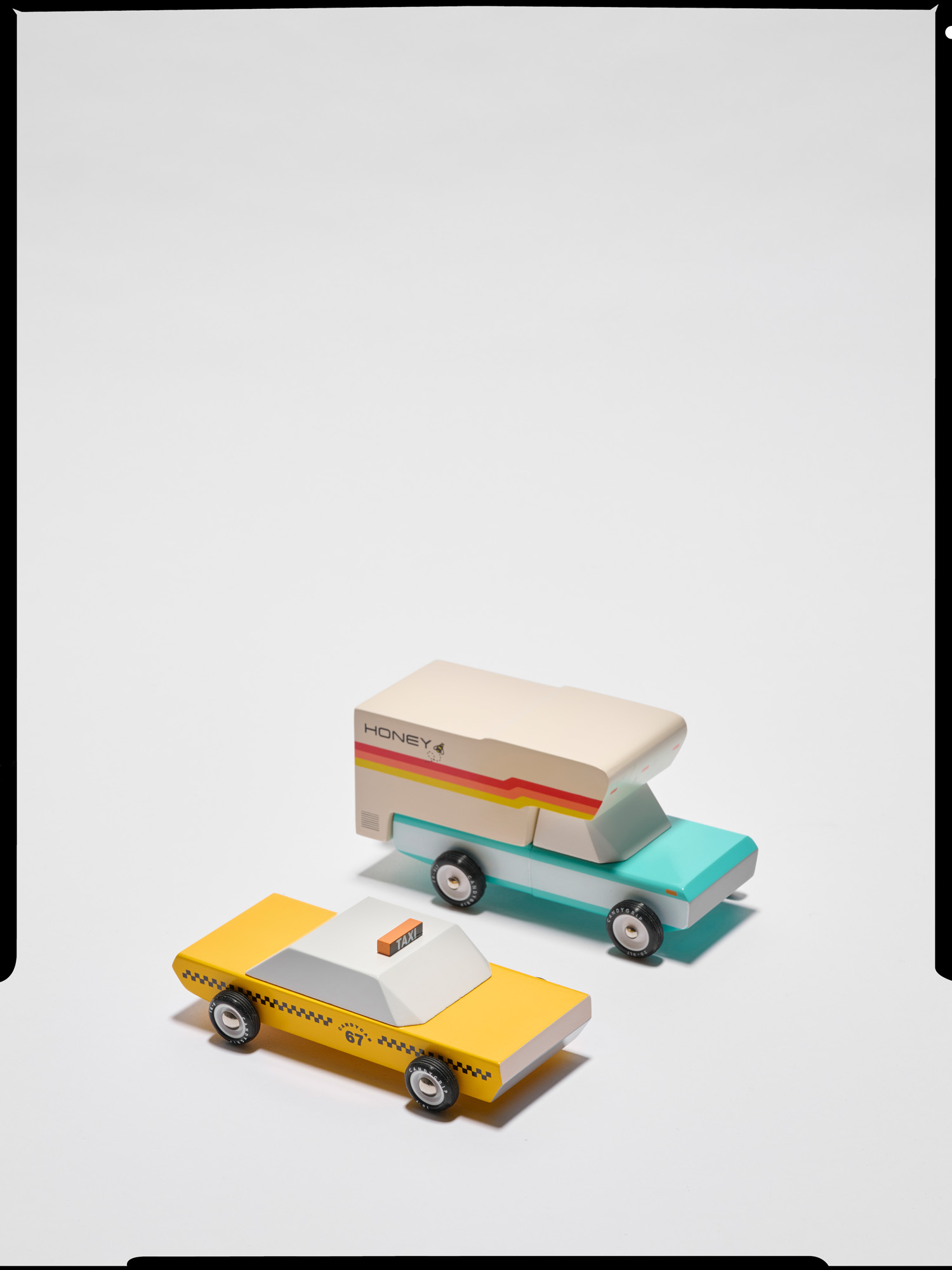
With the icons of automotive America mostly distant memories, it falls to the New York-based Candylab to sate our love of Detroit’s golden era. Combining hand-finished custom runs made in New York and Pennsylvania with a manufacturing facility in Ningbo, China, Candylab is a bespoke wooden modelmaker whose ethos is that toys needn’t cost the earth. Each stylised model is made fromsolid lumber sourced from managed forests in North America, brightly coloured using non-toxic paints and packaged up in sturdy paper and cardboard. And Candylab’s ‘Americana’ fleet isn’t just about the muscle car; there are also police cruisers, camper vans, beech-clad surf wagons, yellow cabs, off-roaders and many more.
‘Americana’ taxi, £25; camper, £21; pickup, £25, all by Candylab, candylabtoys.com
‘Lock’ jewellery collection by Tiffany & Co
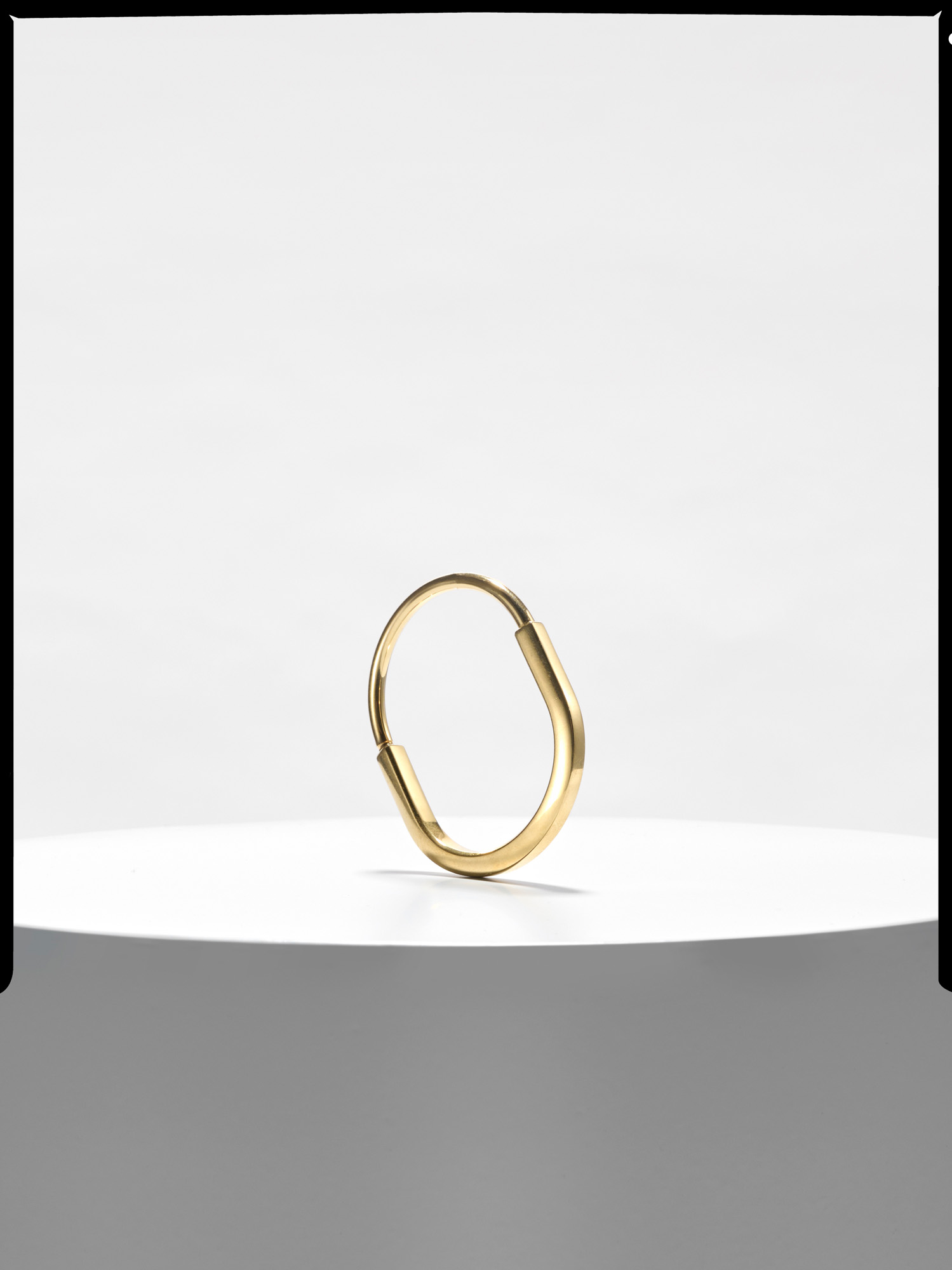
Padlocks began as purely functional items for Tiffany & Co, which sold them as part of its homeware collections. Then, in the 1950s, padlocks began to be rethought in aesthetic terms, appearing on necklaces, brooches and key rings ,a history referenced in the release of the ‘Tiffany Lock’ collection in 2022. In these pieces, unnecessary details are set aside in favour of streamlined silhouettes. The bracelets, an elongated oval available in yellow, rose or white gold, come peppered with diamonds, or are left pure and unadorned. Taking centre stage is the padlock mechanism itself, with an opening and closing function that echoes the item’s pleasing pivot. Fresh, clean and cool, the ‘Tiffany Lock’ has become a byword for classic American jewellery design.
‘Tiffany Lock’ yellow gold bangle, £7,000, by Tiffany & Co, tiffany.com
‘1006 Navy’ chair by Emeco
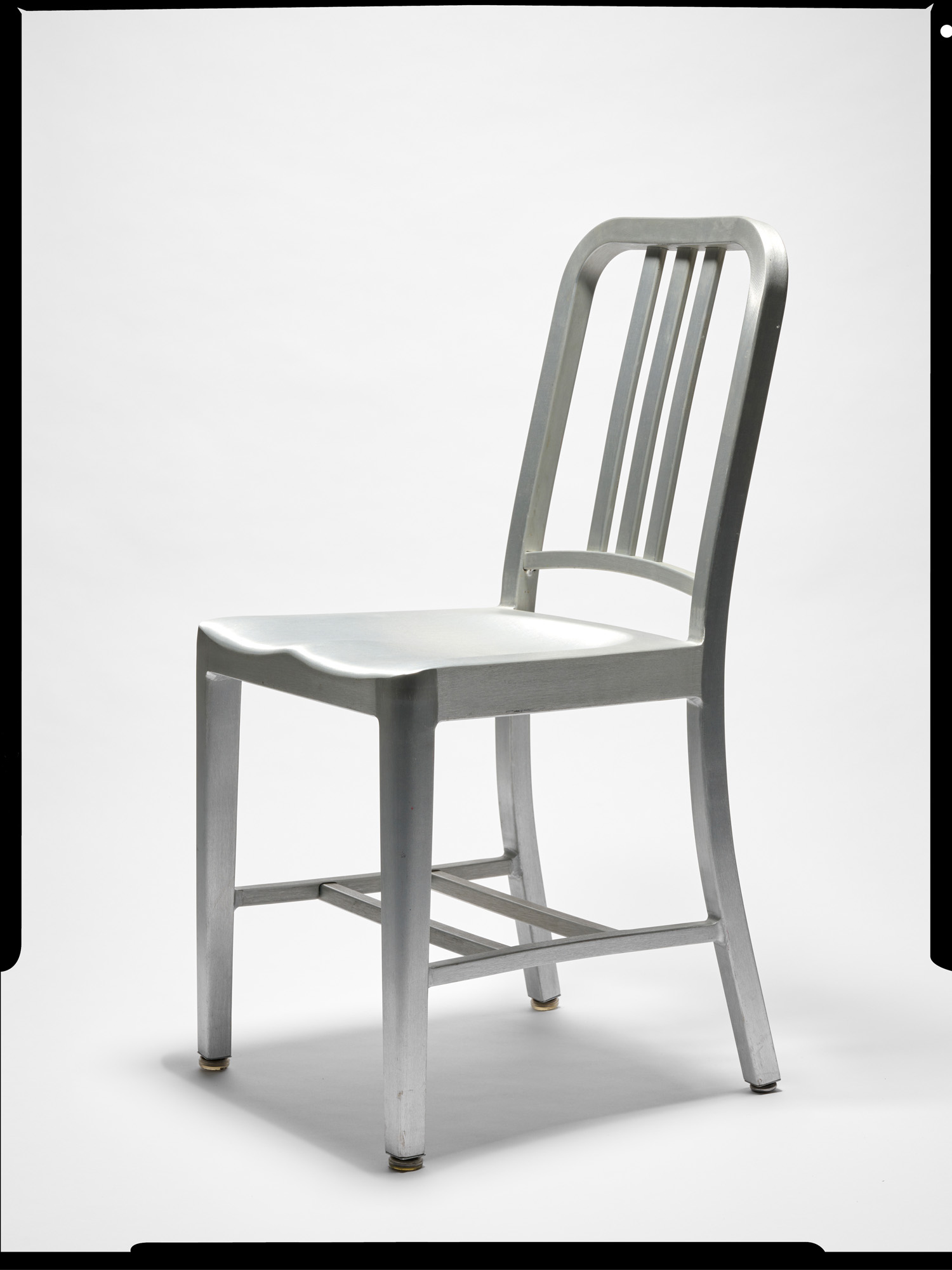
Emeco’s story begins in 1944 when it was hired to make a chair using salvaged aluminium for the US Navy during World War II and, over the years, the furniture brand has evolved to become a legend in its field, continuing its focus on superior design and sustainability. Virtually indestructible, the ‘1006 Navy’ chair has remained unchanged since its inception: it is still made by hand from scrap aluminium at the Emeco factory in Hanover, Pennsylvania, with a 77-step process that includes grinding, heat-treating, anodising and brushing. The ‘1006 Navy’ chair’s origins have also inspired Emeco to further pursue sustainable furniture design practices, with a catalogue of seats made using recycled PET bottles, discarded wood and eco-concrete.
‘1006 Navy’ chair, £808, by Emeco, from Viaduct, viaduct.co.uk
Uniform by Thom Browne
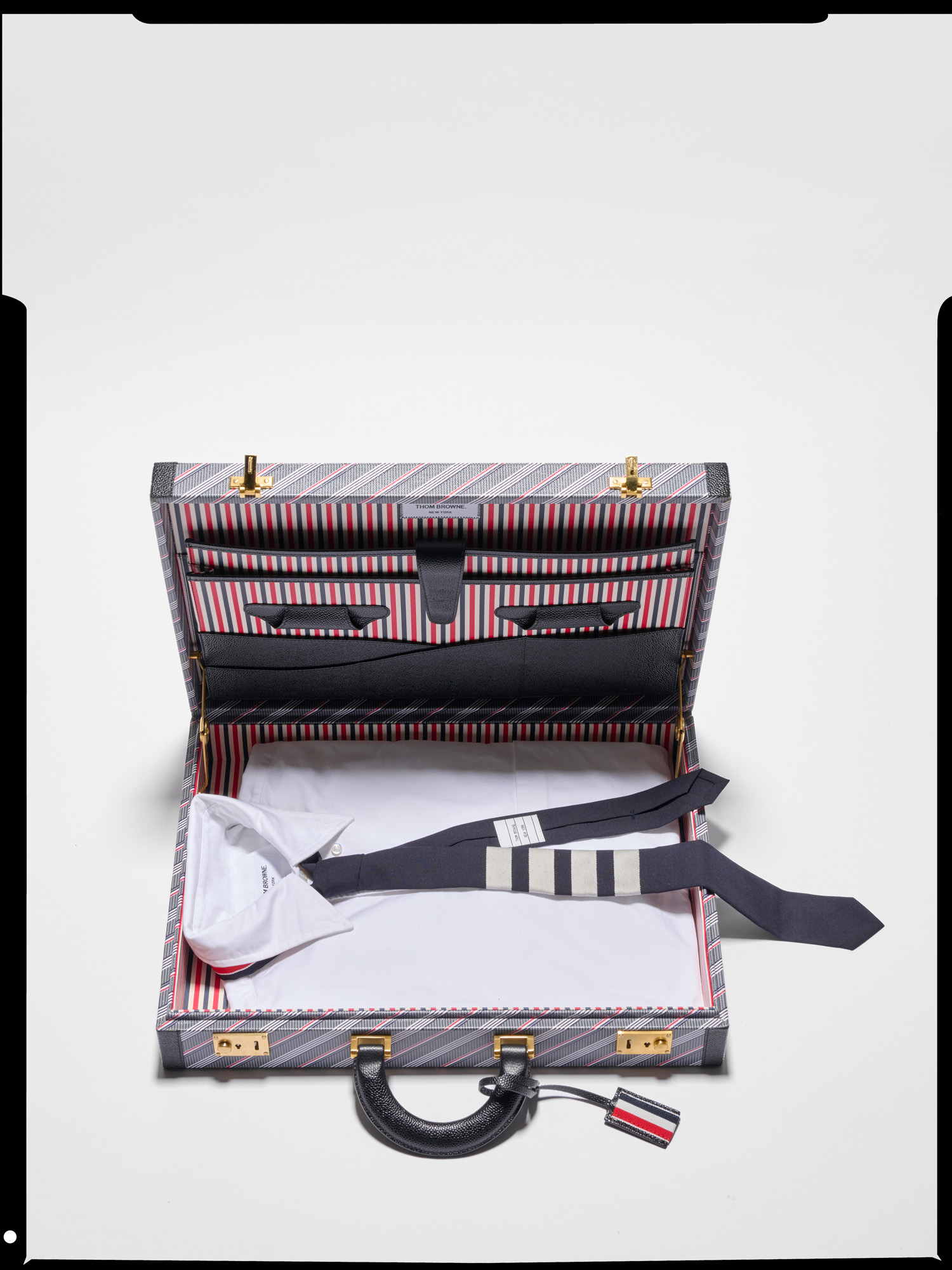
Thom Browne is well known for his tailoring, which is often shrunken in proportion, and largely a shade of mid-gray. Other perennial motifs are his signature four stripes, which run around the sleeve of a shirt or across a tie, recalling American varsity wear. It makes for a simple uniform for Thom Browne devotees, who simply follow his style diktats: he favours an unironed shirt (with an undone top button), tucked in and worn with a grey suit, narrow tie and white pocket square. Such a sharply defined aesthetic – which can verge into the surreal in his runway shows – has seen him become one of American fashion’s best-known figures, taking over from Tom Ford as chairman of the Council of Fashion Designers of America (CFDA) in 2023.
Briefcase, £8,260; shirt, £440; tie, £190, all by Thom Browne, thombrowne.com
CK One fragrance by Calvin Klein
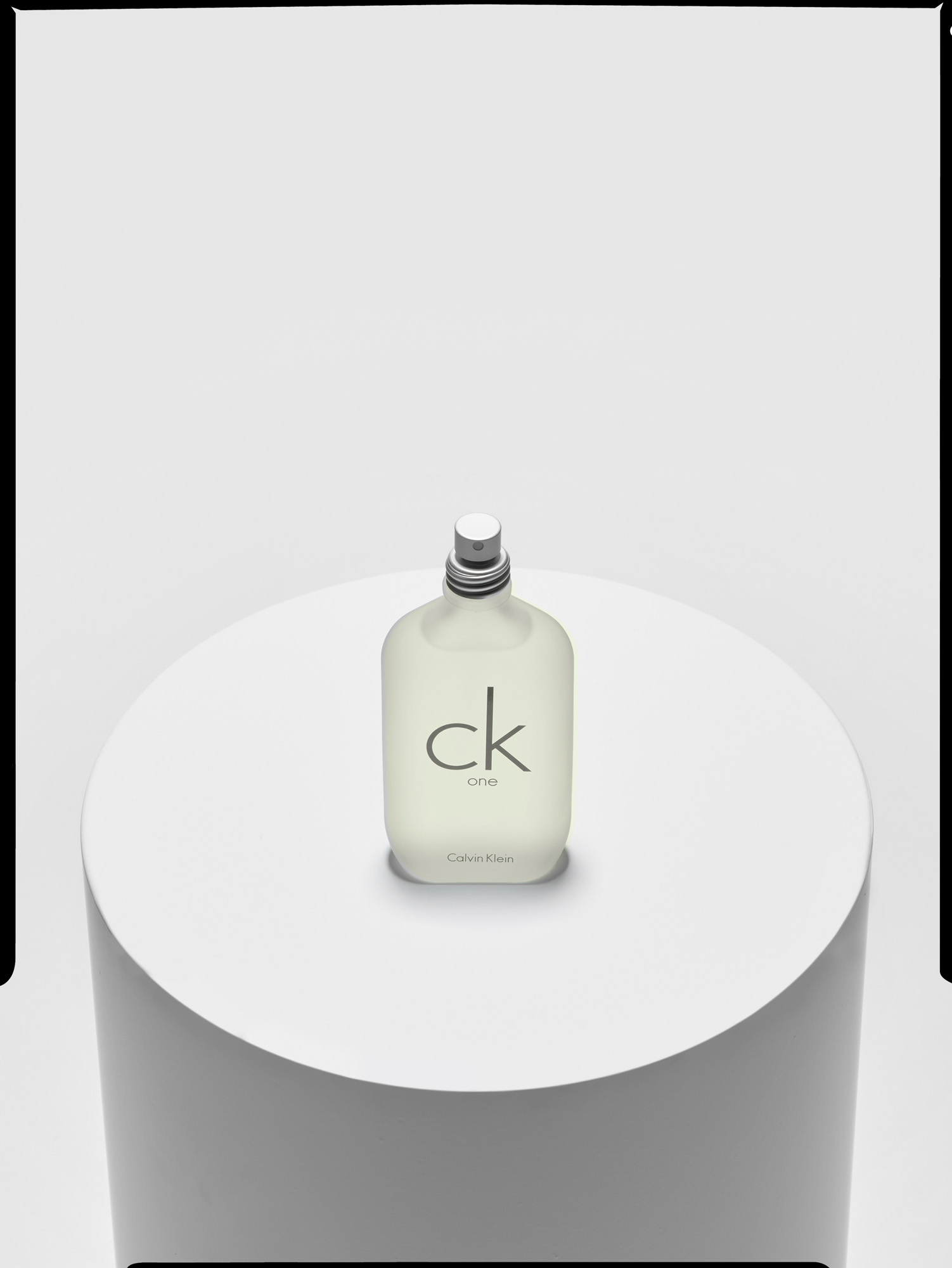
If the 1990s were to be encapsulated in a fragrance, it would be the shimmering citrussy tones of Calvin Klein’s CK One, first released in 1994 and a bestsellerever since. Marking an olfactory shift from the heady French perfumes that dominated the previous decade, it would capture the stripped-back minimalism and raw sensuality of the era, designed for both men’s and women’s skin, then a marketing first (‘one for all’, ran its slogan). Its accompanying Steven Meisel-shot campaign, featuring Kate Moss and a bevy of underwear- and denim-clad models, remains an enduring and oft-reproduced piece of fashion imagery, while the bottle itself – frosted white glass with a metal screw top and stamped CK One logo – remains an emblem of 1990s product design.
CK One fragrance, £77, by Calvin Klein, calvinklein.com
Soup can paintings by Andy Warhol
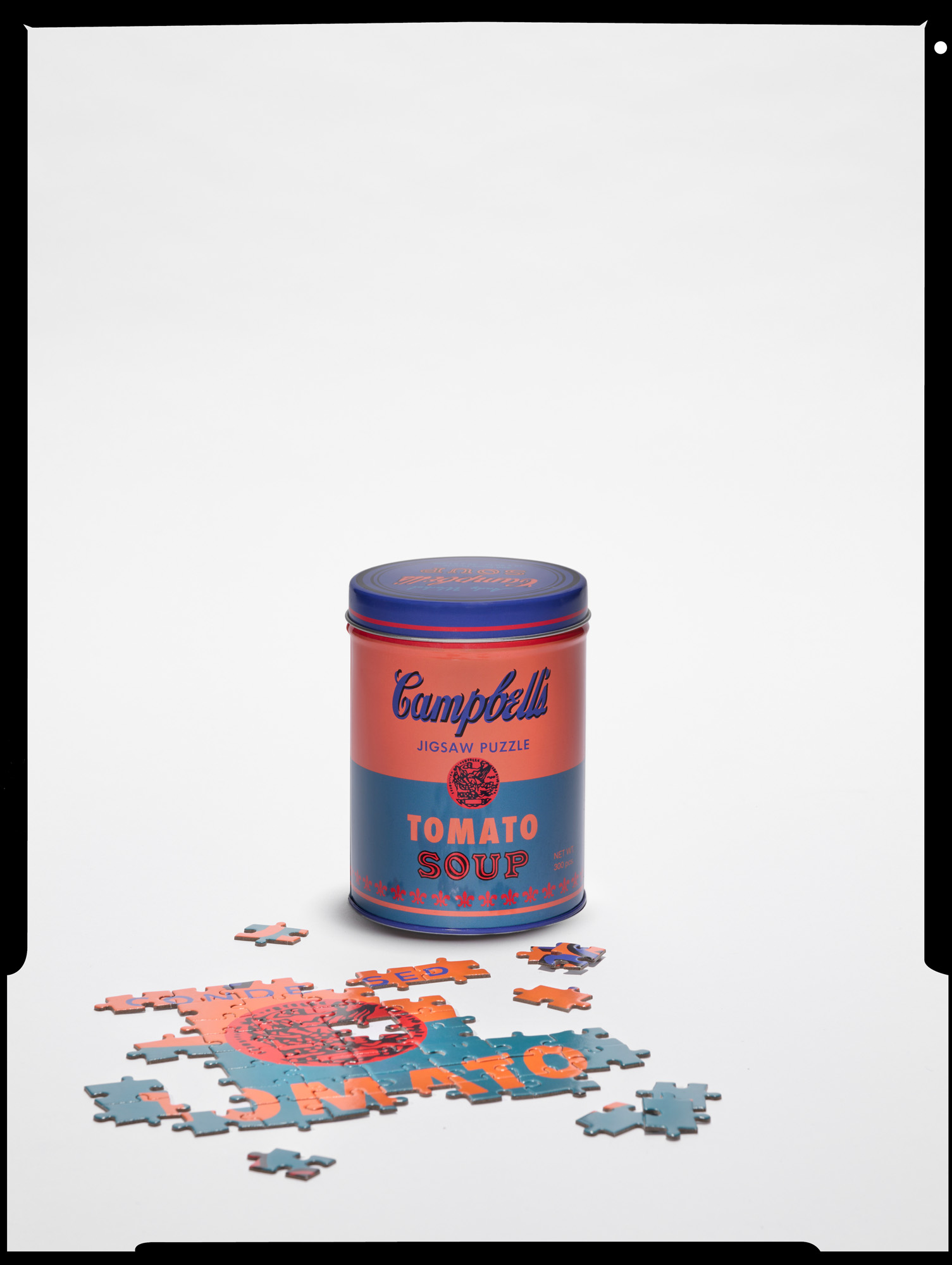
Love them or loathe them, Andy Warhol’s soup cans cracked the conversation around modern art wide open on their exhibition at LA’s Ferus Gallery in 1962. Warhol, who wished to celebrate the international distribution of homogenous products as a sign of democracy, replicated the red and white Campbell’s soup cans that he had for his lunch every day using the precise screenprinting technique that quickly became synonymous with the Pop Art movement. The soup cans became a motif for Western capitalism and rampant consumer culture, forever cementing the links between advertising and art – but the Campbell’s Soup Company, at least, was pleased. In 1964, it commissioned a classic tomato soup for its retiring board chairman.
Andy Warhol soup cans puzzle set, £24 for three, from Amazon, Amazon.com
Baseball cap by Polo Ralph Lauren
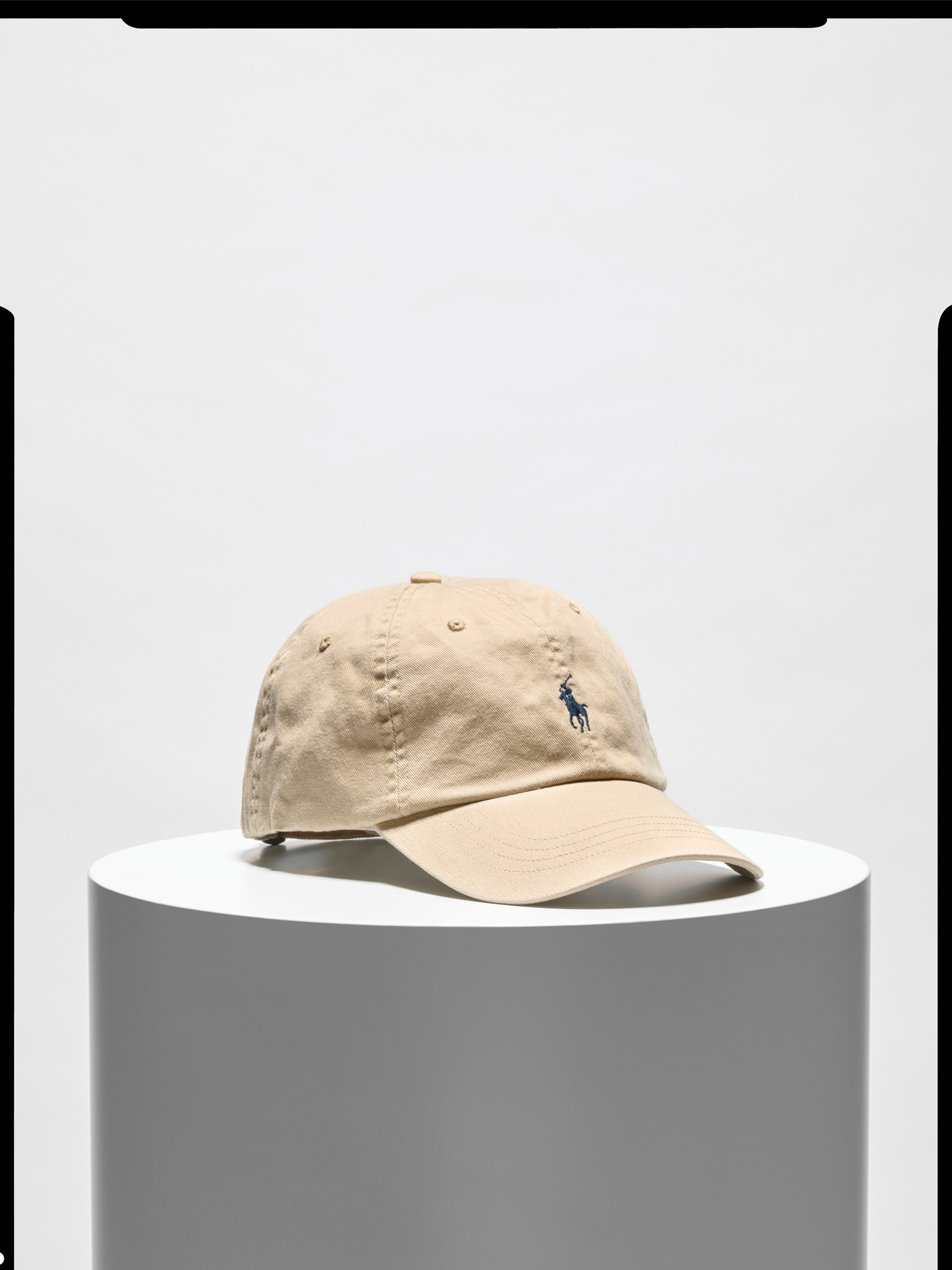
There are few things more synonymous with American style than Polo Ralph Lauren. Adorned with the ‘pony and rider’ motif, the collections have come to encapsulate a vision of American ease, reflected in breezy, aspirational campaigns where models frolic amid Edenic landscapes, often with the shimmering Atlantic Ocean beyond. The Polo symbol would also later be adopted by America’s suburban subcultures, from skaters to hip-hop artists and, across the pond, the Britpop stars of the 1990s. Recent seasons have seen the Polo Ralph Lauren pony motif become ubiquitous once again, part of a growing preppy revival – not least the classic, all-American baseball cap, which is proof of the old maxim that a classic never goes out of style.
Baseball cap, £55, by Polo Ralph Lauren, ralphlauren.com
This article appears in the August 2024 issue of Wallpaper*, available to download free when you sign up to our daily newsletter, in print on newsstands from 4 July, on the Wallpaper* app on Apple iOS, and to subscribers of Apple News +. Subscribe to Wallpaper* today
Hannah Silver is the Art, Culture, Watches & Jewellery Editor of Wallpaper*. Since joining in 2019, she has overseen offbeat design trends and in-depth profiles, and written extensively across the worlds of culture and luxury. She enjoys meeting artists and designers, viewing exhibitions and conducting interviews on her frequent travels.
-
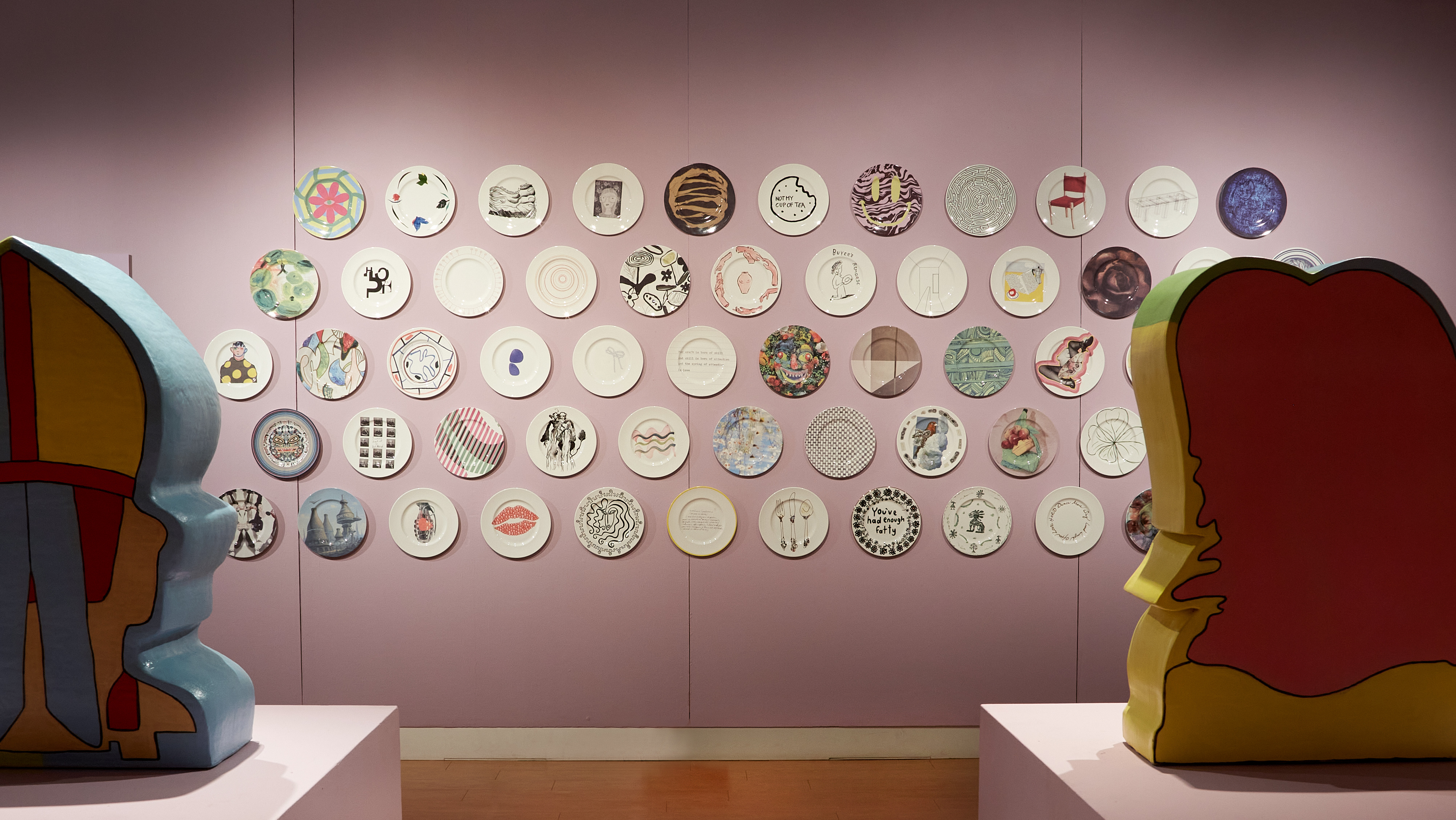 ‘100 Years, 60 Designers, 1 Future’: 1882 Ltd plate auction supports ceramic craft
‘100 Years, 60 Designers, 1 Future’: 1882 Ltd plate auction supports ceramic craftThe ceramics brand’s founder Emily Johnson asked 60 artists, designers, musicians and architects – from John Pawson to Robbie Williams – to design plates, which will be auctioned to fund the next generation of craftspeople
-
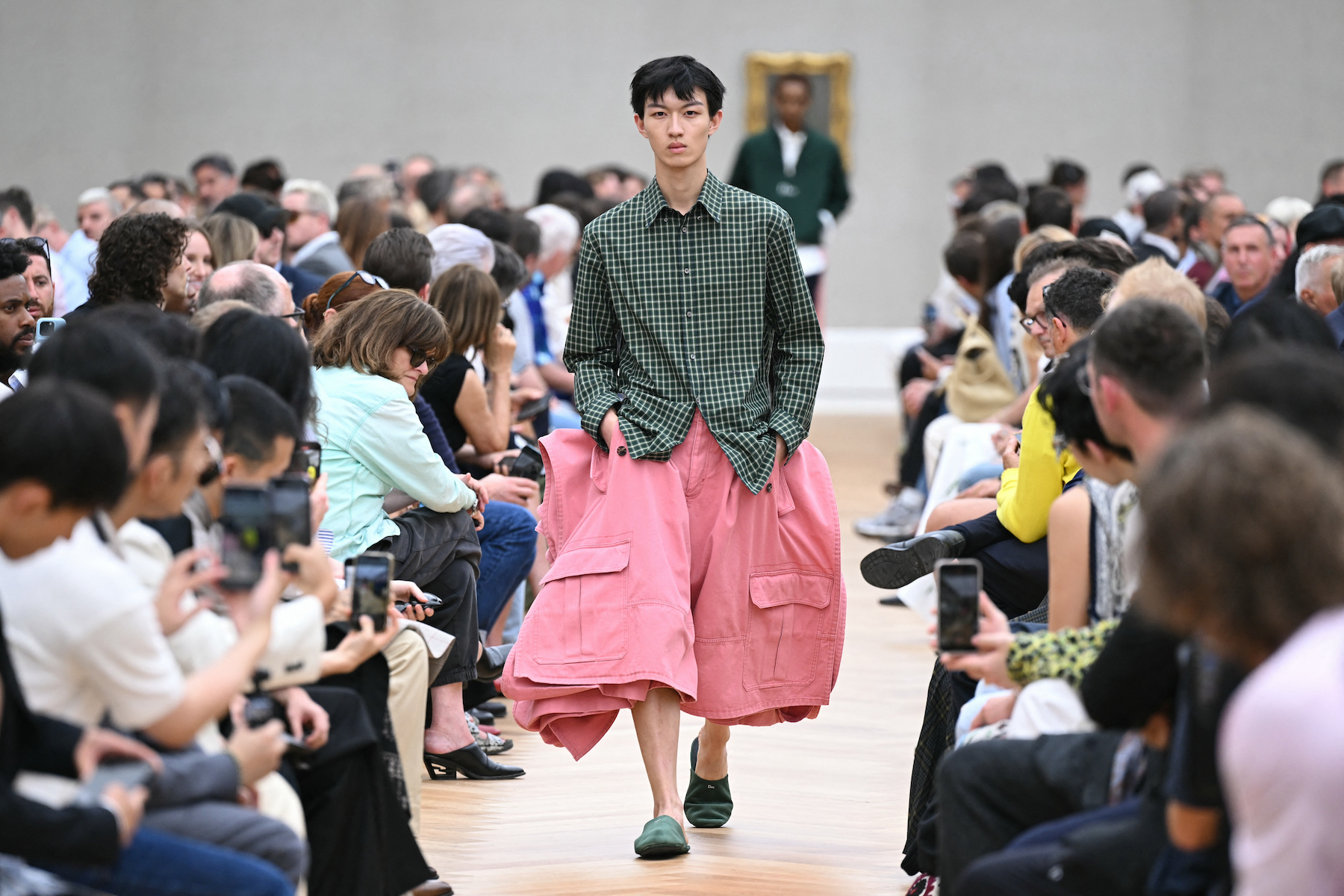 Jonathan Anderson’s Dior debut: ‘bringing joy to the art of dressing’
Jonathan Anderson’s Dior debut: ‘bringing joy to the art of dressing’The Irish designer made his much-anticipated debut at Dior this afternoon, presenting a youthful S/S 2026 menswear collection that reworked formal dress codes
-
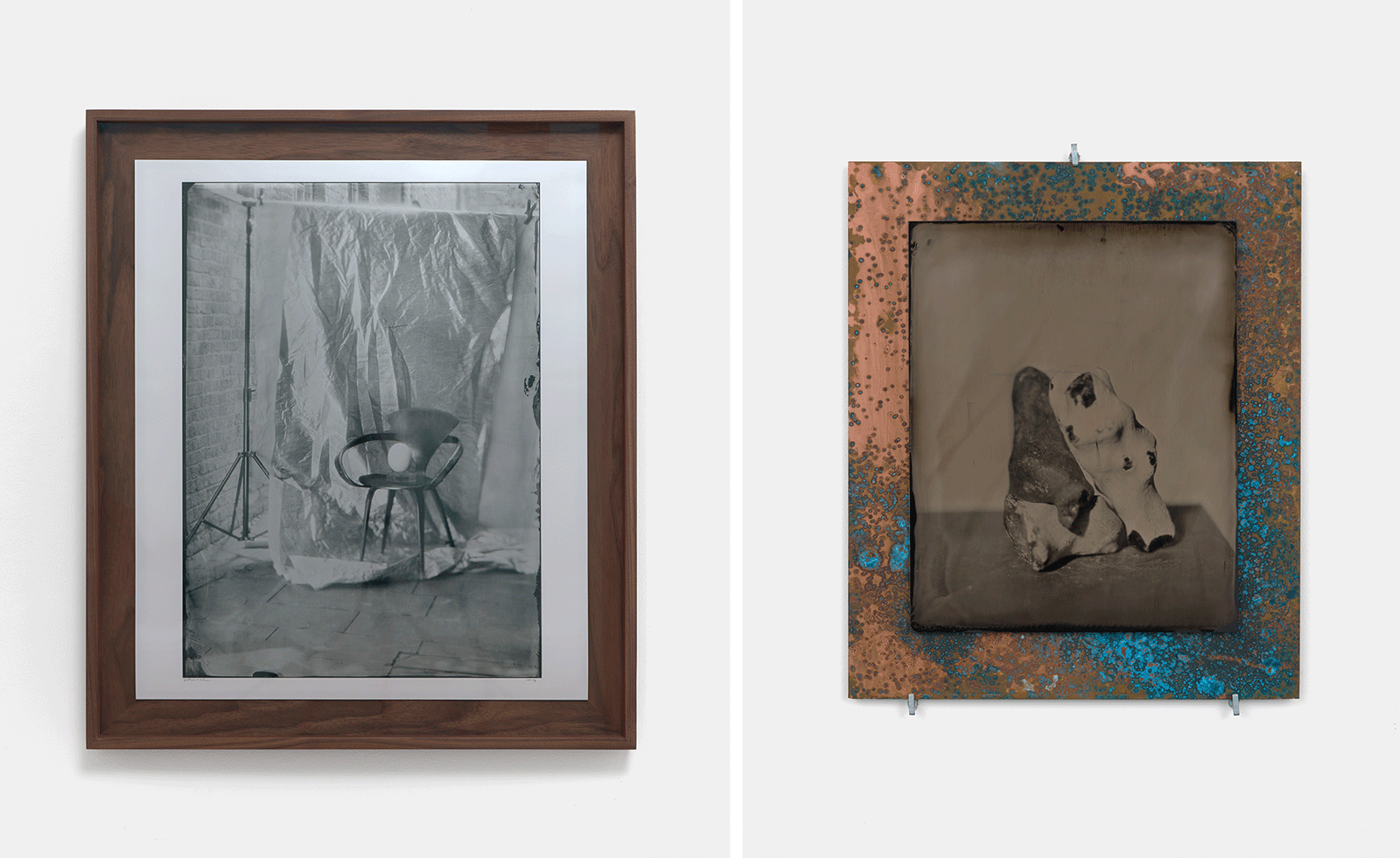 Emerging artist Kasia Wozniak’s traditional photography techniques make for ethereal images
Emerging artist Kasia Wozniak’s traditional photography techniques make for ethereal imagesWozniak’s photographs, taken with a 19th-century Gandolfi camera, are currently on show at Incubator, London
-
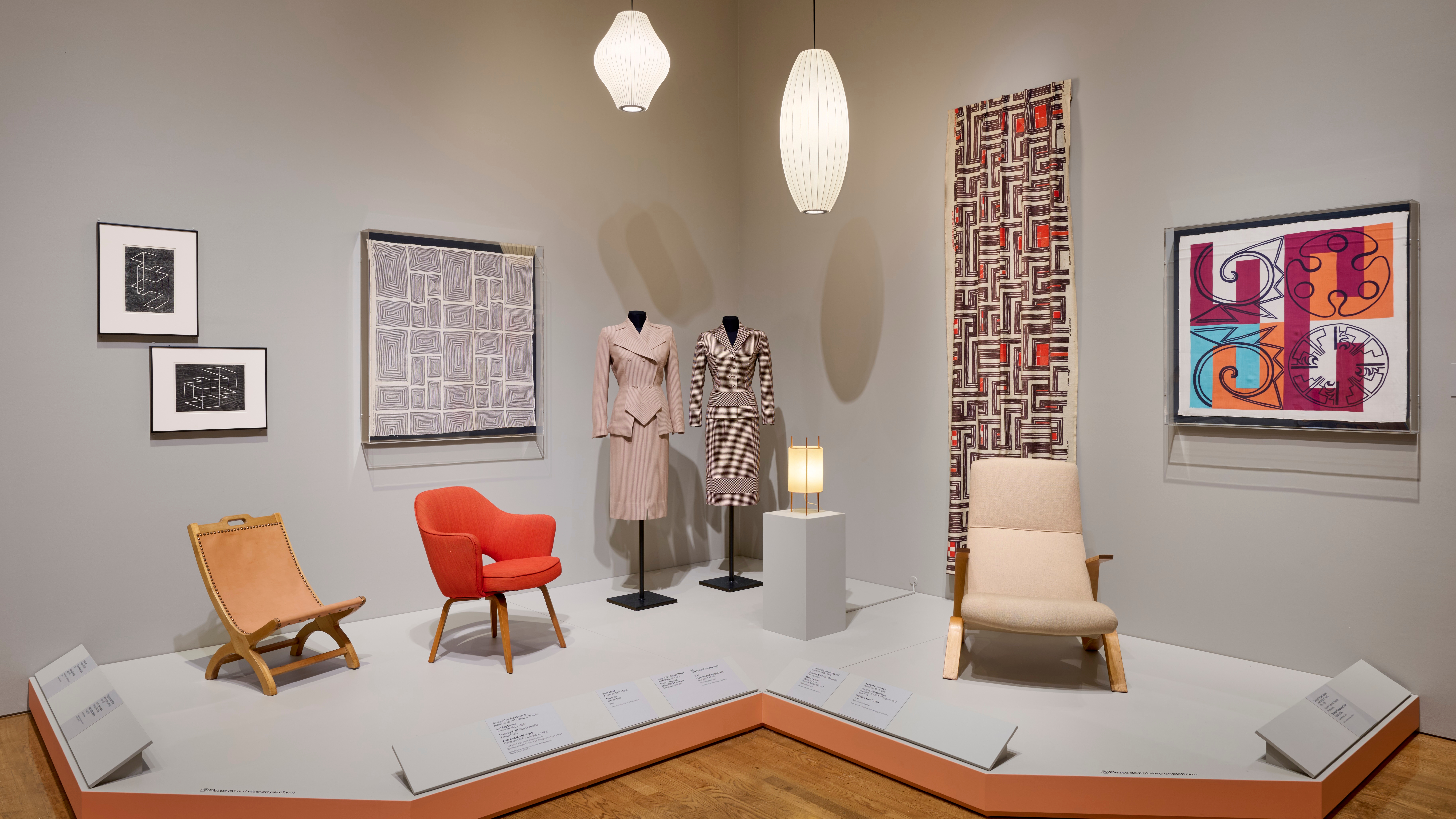 ‘Boom: Art and Design in the 1940s’ explores the creative resilience of the decade
‘Boom: Art and Design in the 1940s’ explores the creative resilience of the decadeNoguchi and Nakashima are among those who found expression and innovation in the adversity of the 1940s; take a walk through the Philadelphia Museum of Art exhibition
-
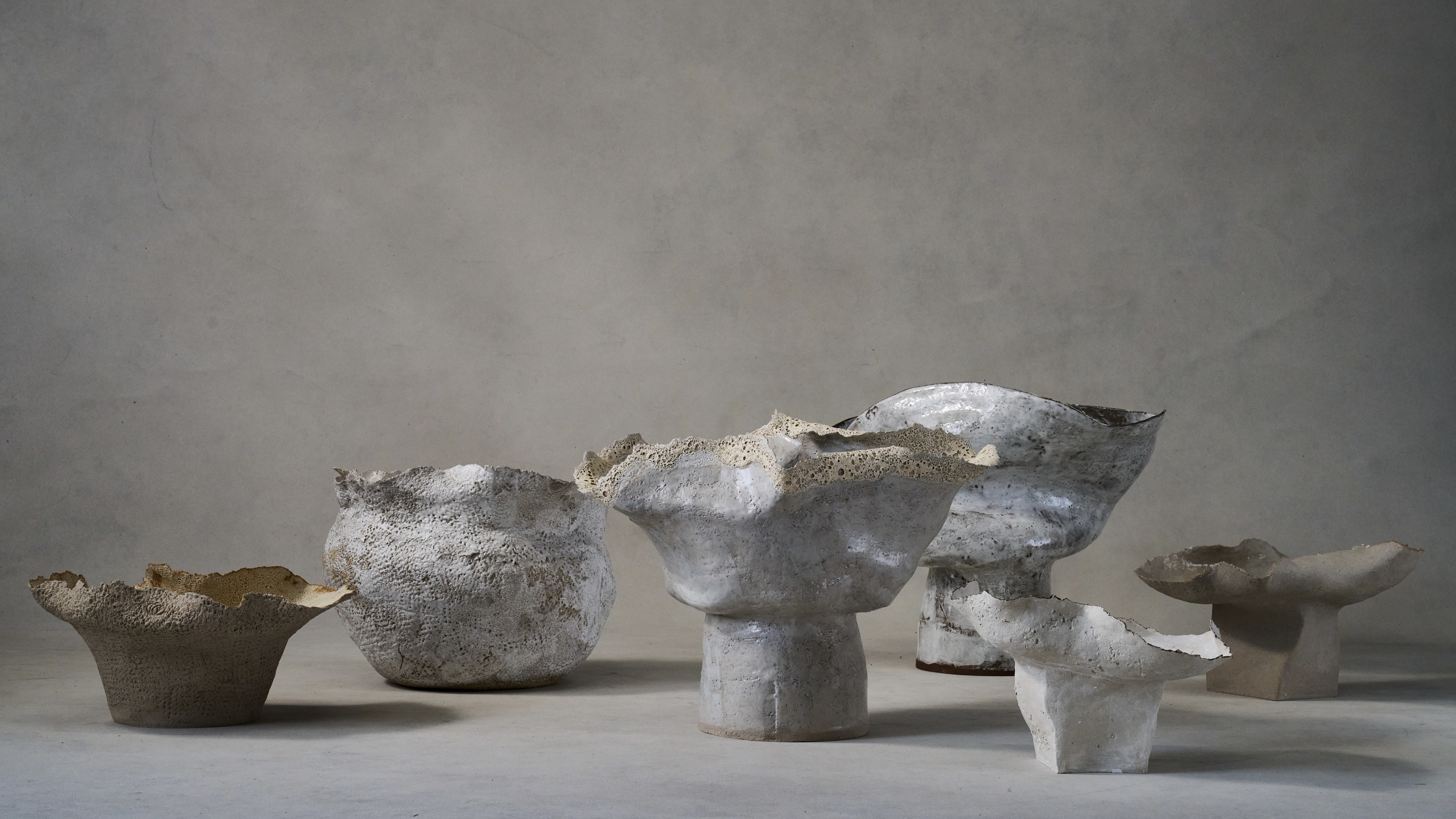 Ludmilla Balkis’ organic, earthy ceramics embody the Basque countryside
Ludmilla Balkis’ organic, earthy ceramics embody the Basque countrysideThe sculptor-ceramicist presents a series inspired by and created from found natural objects in a New York exhibition
-
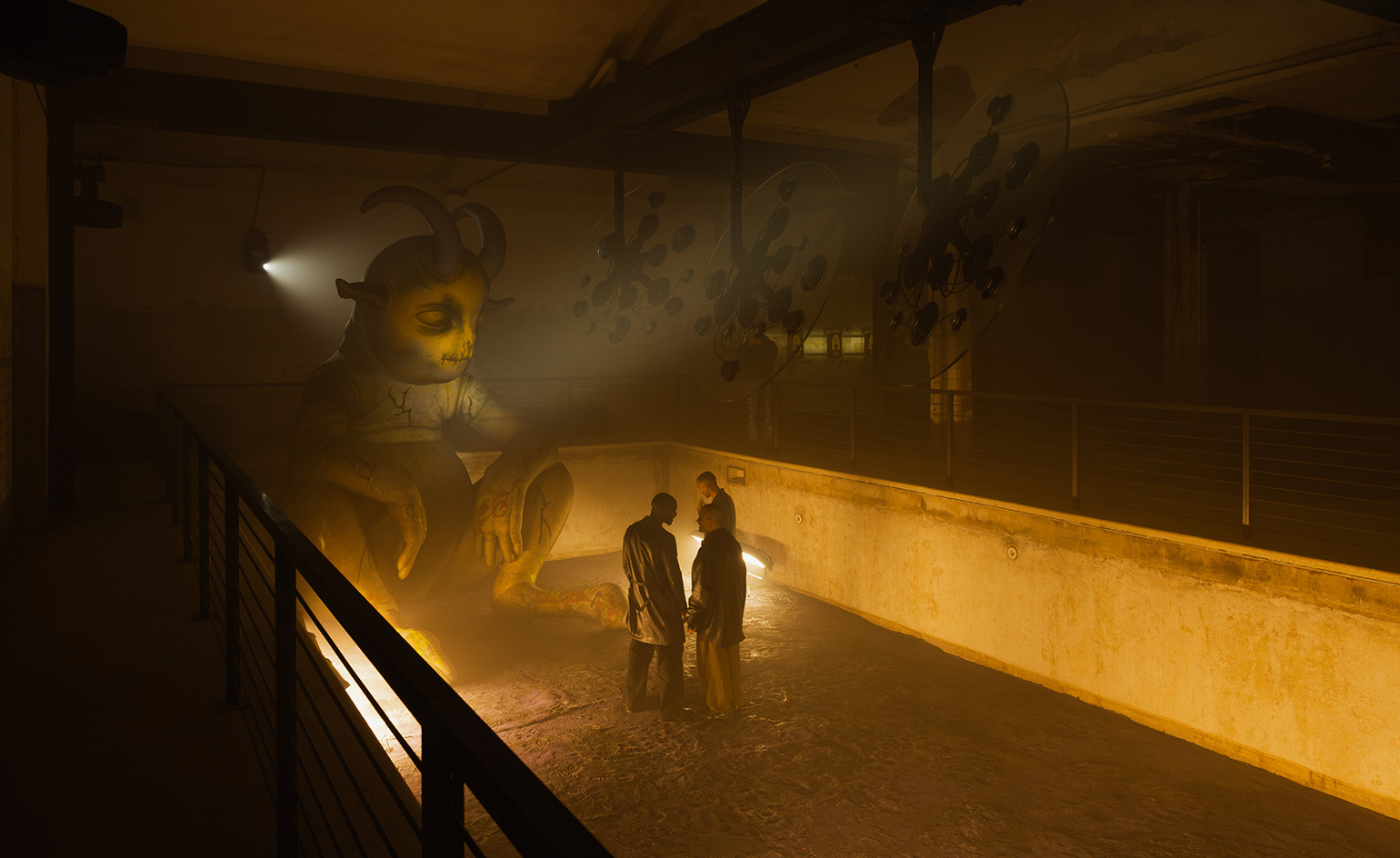 The making of PAN and Nike’s euphoric, club-inspired collaboration at Milan Design Week
The making of PAN and Nike’s euphoric, club-inspired collaboration at Milan Design WeekAlongside a new Air Max 180 release, ‘The Suspended Hour’ display sees Berlin record label PAN imagine the unfolding of a club night, from dusk until dawn
-
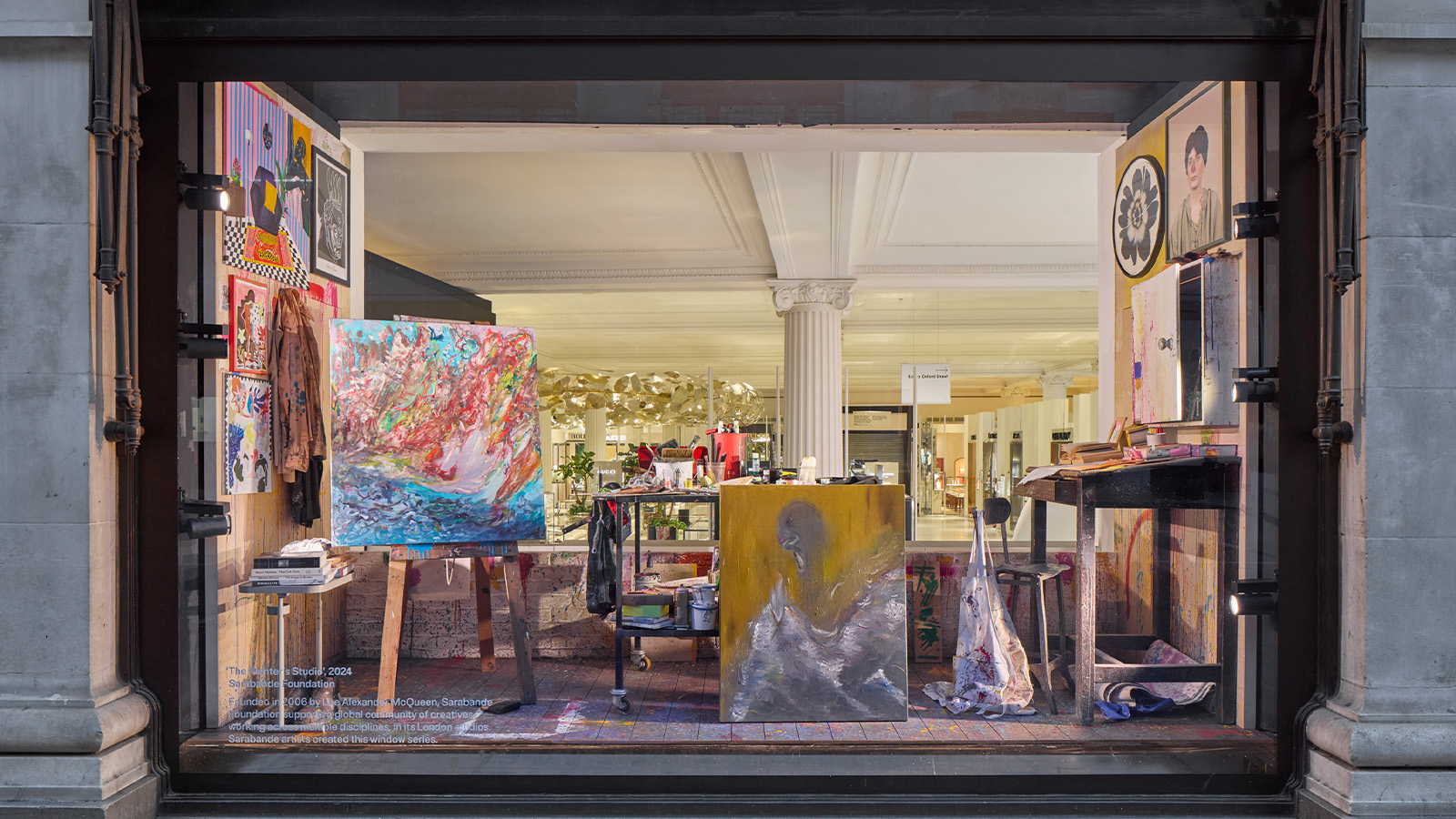 'A creative explosion' in the West End: Sarabande Foundation takes residency at Selfridges
'A creative explosion' in the West End: Sarabande Foundation takes residency at SelfridgesSarabande Foundation's ‘House of Bandits’ takes up residence with gusto in Selfridges for nine weeks
-
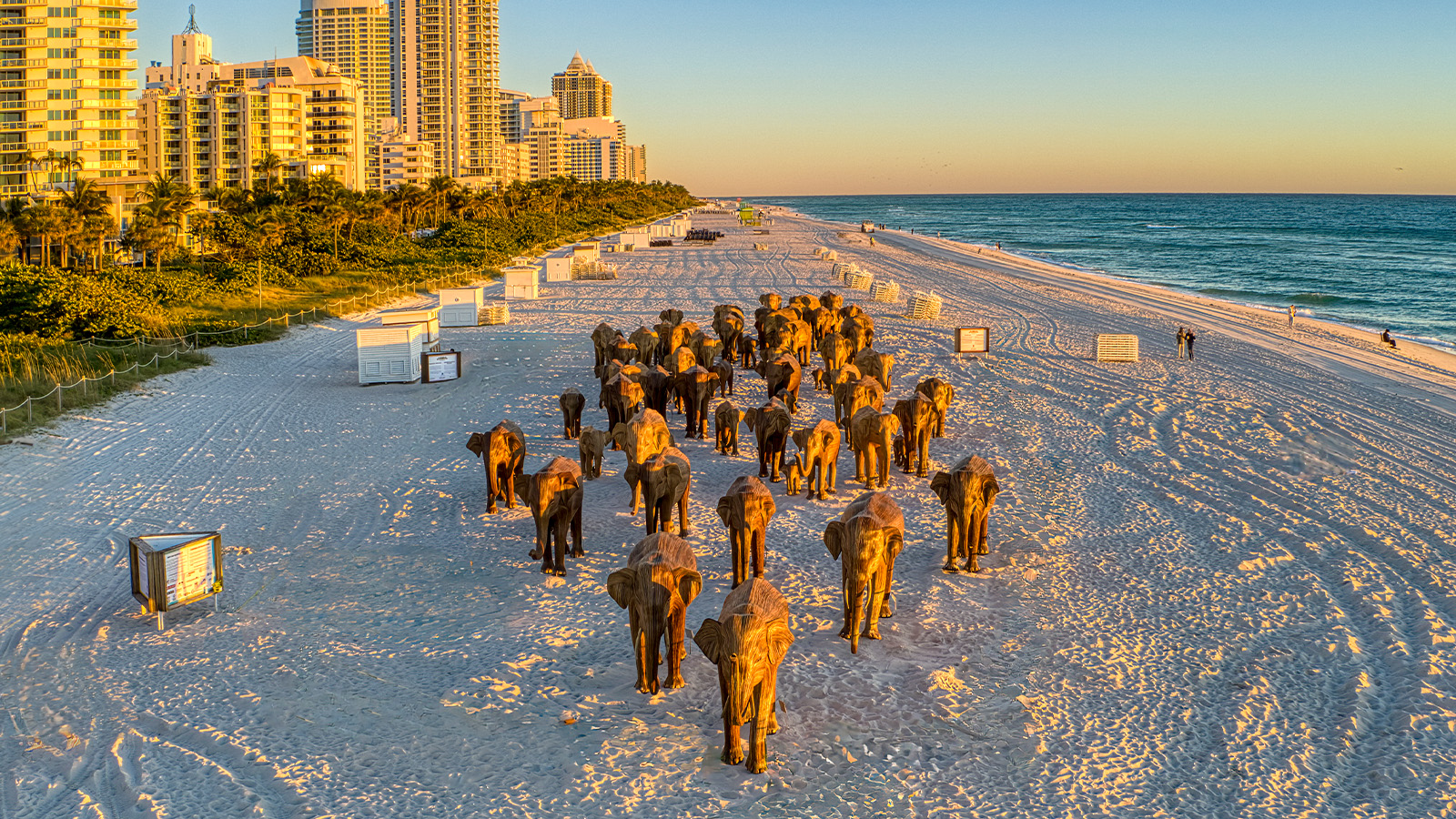 From migrating elephants to a divisive Jaguar, was this the best Design Miami yet?
From migrating elephants to a divisive Jaguar, was this the best Design Miami yet?Here's our Design Miami 2024 review – discover the best of everything that happened at the fair as it took over the city this December
-
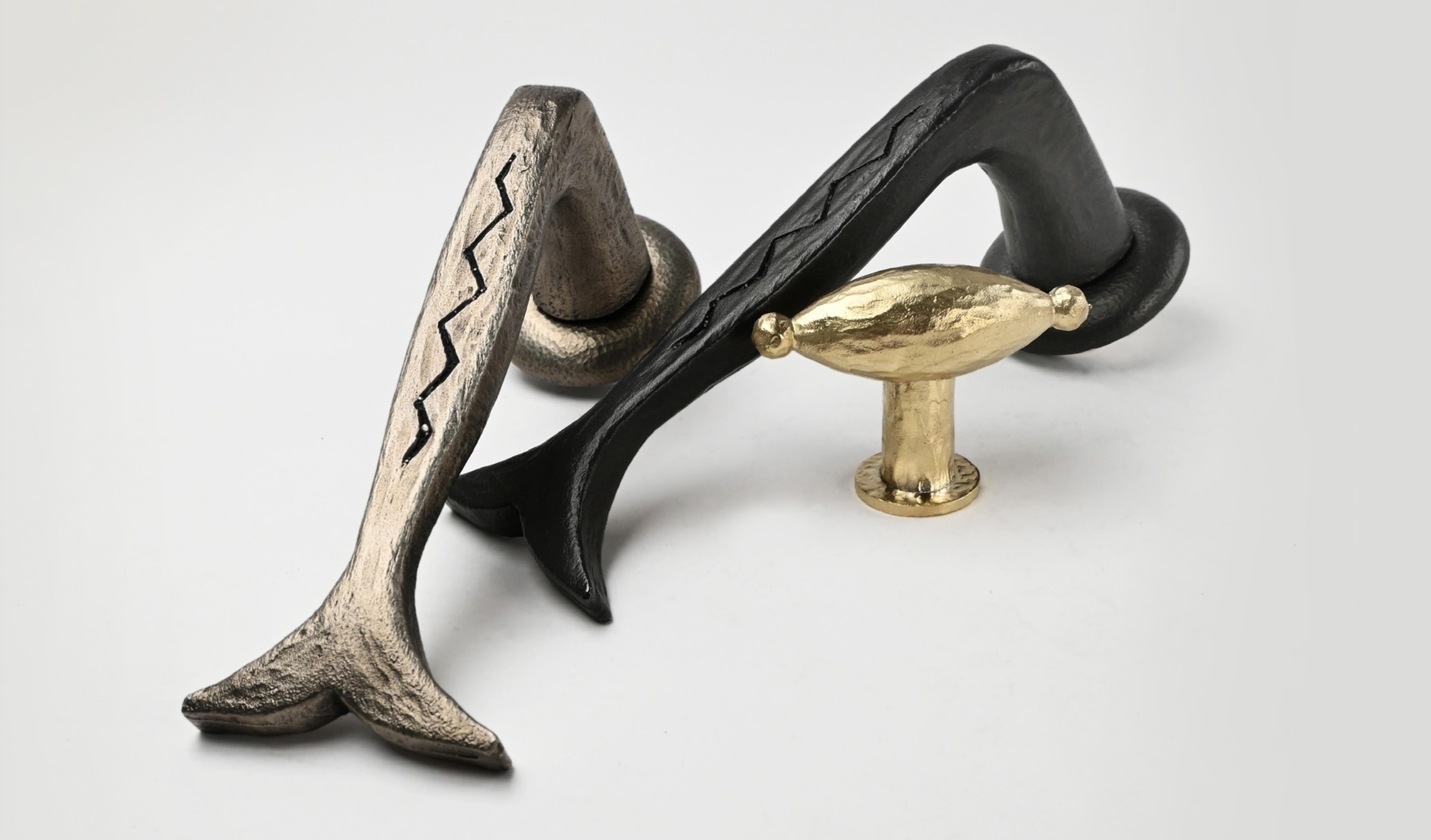 California cool: Studio Shamshiri debuts handmade door handles and pulls
California cool: Studio Shamshiri debuts handmade door handles and pullsLos Angeles interior design firm Studio Shamshiri channels the spirit of the Californian landscape into its handcrafted hardware collections. Founder Pamela Shamshiri shares the inspiration behind the designs
-
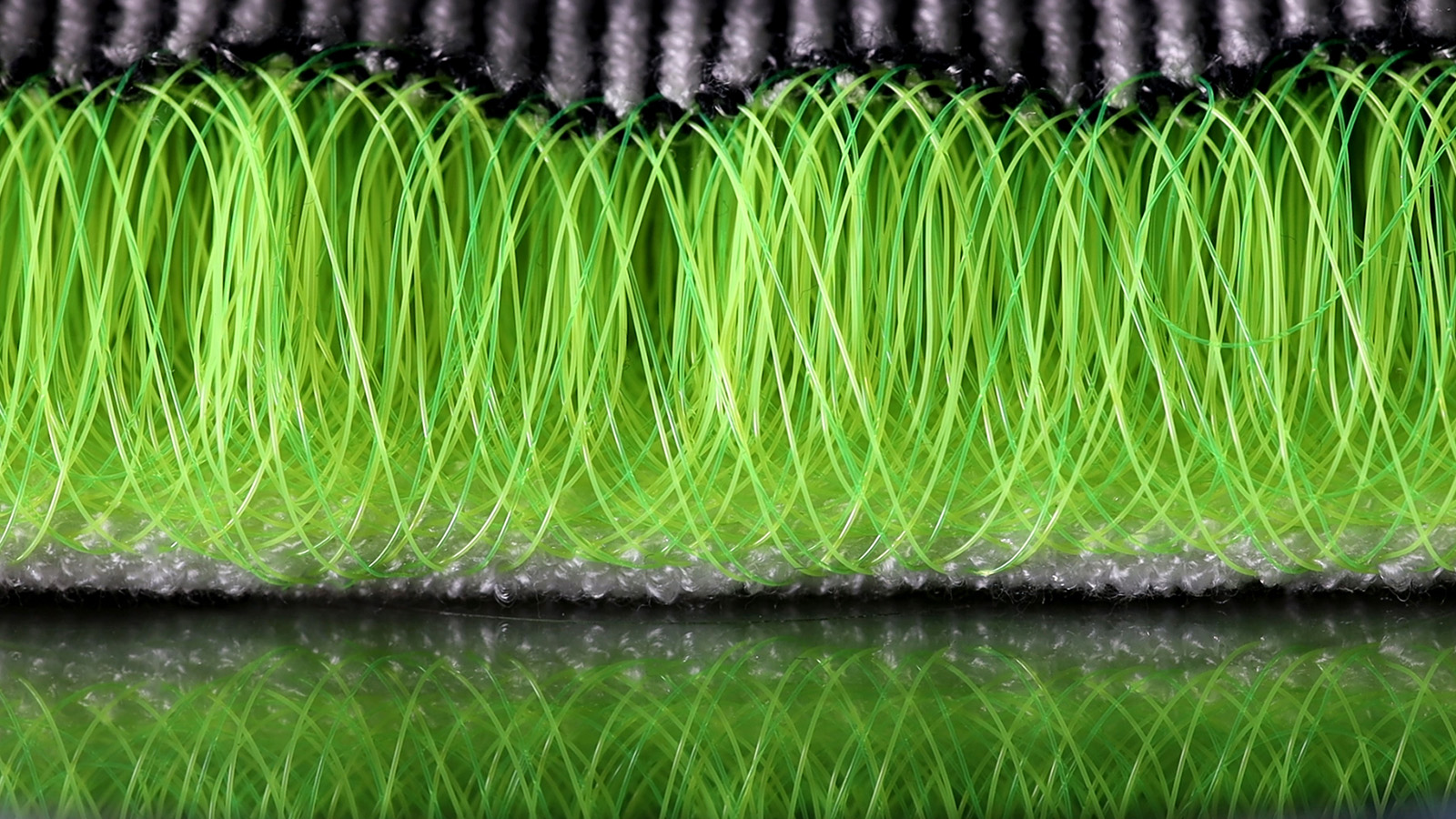 Is Emeco's 'No Foam KNIT' a sustainable answer to synthetic upholstery textiles?
Is Emeco's 'No Foam KNIT' a sustainable answer to synthetic upholstery textiles?'Make more with less' is Emeco's guiding light. Now, the US furniture maker's new mono-material textile, the 'No Foam KNIT', may offer a sustainable solution to upholstery materials
-
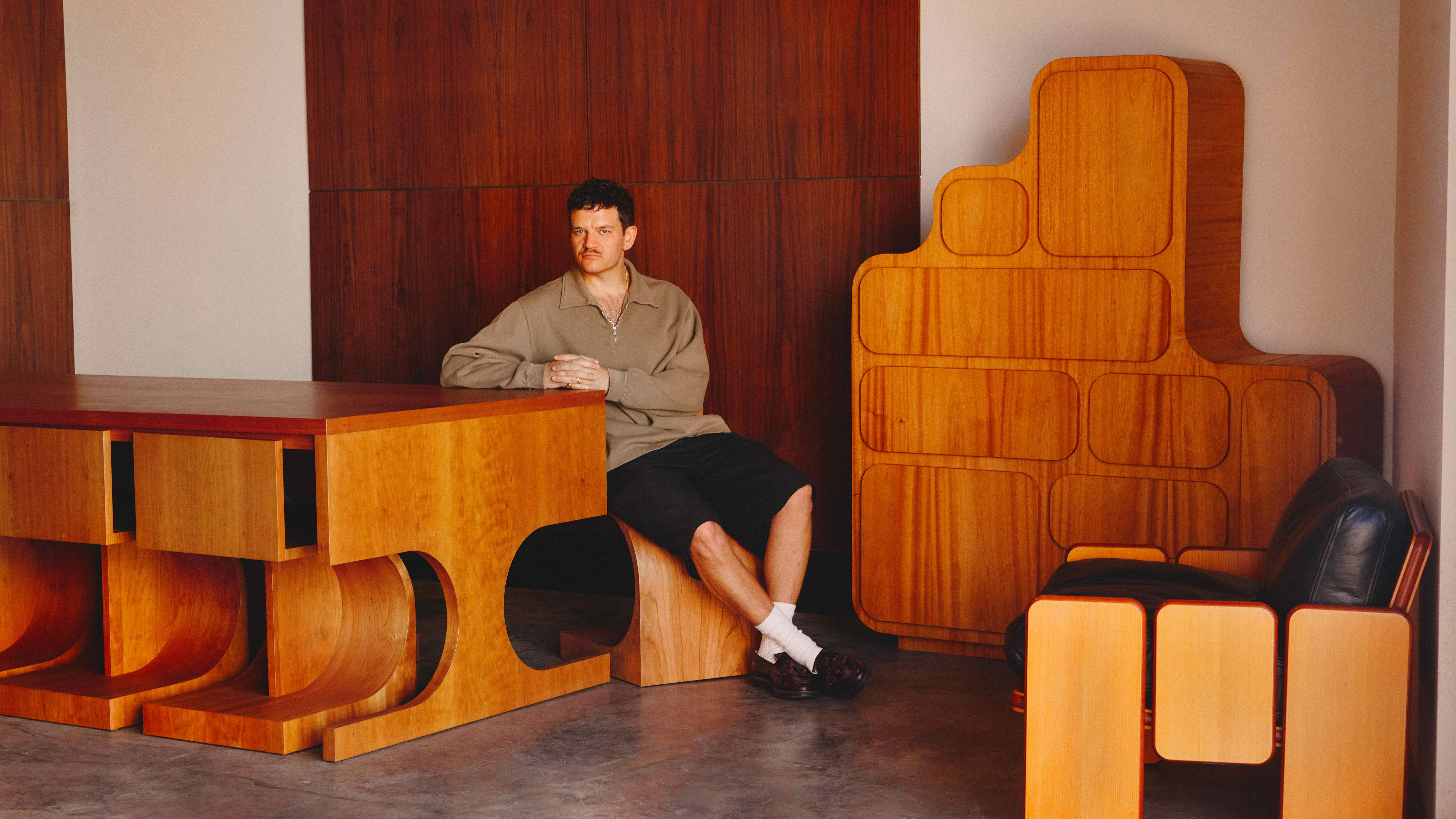 Smooth operator: Willett debuts new furniture at Design Miami 2024, with a playful touch of retro allure
Smooth operator: Willett debuts new furniture at Design Miami 2024, with a playful touch of retro allureLA furniture designer Willett turned heads in the design world with the launch of his eponymous brand earlier this year. Ahead of his Design Miami debut, he told us what’s in store for 2025